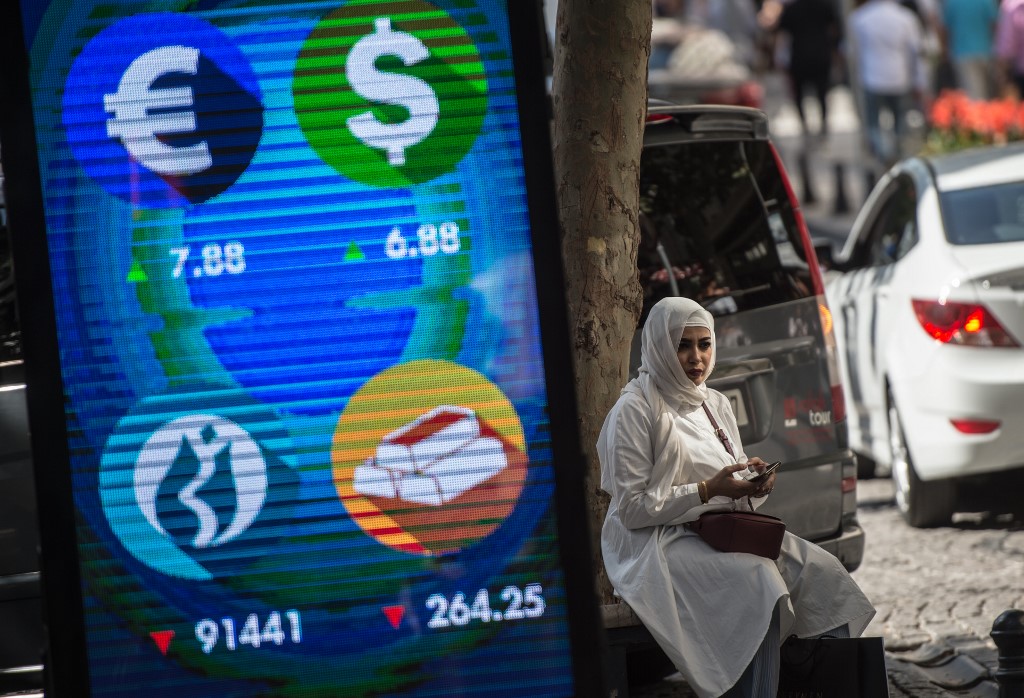(ATF) The coronavirus has accelerated the world’s move away from cash. Now central banks are considering developing digital versions of the notes and coins in our wallets. Sweden and mainland China could well launch CBDCs – central bank digital currencies – during 2021.
These are not cryptocurrencies or units used in video games but means of payment being discussed by many central banks, including the US Federal Reserve, Bank of England, European Central Bank and Bank of Japan. With the Bank for International Settlements – the central bankers’ central bank – they have outlined the principles and core features of CBDCs.
They are questioning whether paper money achieves a basic role of a central bank – providing a universally accepted and accessible means of payment.
At the simplest level, a CBDC is a currency issued by a central bank, but only in digital form. It could operate alongside notes and coins but provide a form of digital payment that is a claim on the central bank, available to all and accepted by all.
There are still many unresolved questions. Would commercial banks act as intermediaries or could companies and consumers have a direct account with the central bank? Need all transactions be approved by the network using distributed-ledger technology or would the central bank be a focal source? Would ownership be tied to an identity with transactions authorised via identification? Could a digital currency cope with cross-border payments besides domestic transfers?
There is no consensus yet, but global pilots could set new international standards.
Central banks are keen to ensure that CBDCs do not damage monetary and financial stability, have a clear legal framework, promote innovation and efficiency, are convenient – and cost end-users little or nothing. Retail payment costs can currently absorb 0.5% to 0.9% of economic output but CBDC transactions could be frictionless and costless.
Mobile-phone wallets
There could be other economic benefits too. Globally, 1.7 billion people remain unbanked; CBDC accounts could be incorporated into mobile-phone wallets, boosting financial inclusion in emerging markets.
But how CBDCs impact monetary policy depends partly on whether they pay interest. If they replicate paper money there would be no yield – thus causing problems for central banks currently considering negative interest rates. Paying interest, however, would facilitate transmission of monetary policy into the wider economy.
But either way, the transaction data would allow central banks and governments to monitor their economies in real time and thus adapt policies – fiscal or monetary.
The Bank for International Settlements says 10% of central banks claim to be likely to issue a CBDC within three years and 20% within six. There are pilots in Ukraine, South Korea, Iceland and Thailand, while Canada, Brazil and Cambodia are working on ideas. The Bahamas’ card-based ‘Sand Dollar’ has already been tested on two islands.
In the large economies, Sweden’s Riksbank and the People’s Bank of China are furthest ahead in developing CBDCs and it seems likely that the proposals from at least one will become reality during 2021. Some other countries are much further behind, but once one central bank, anywhere in the world, finds a workable solution, adoption rates could rise very quickly.
# By James Pomeroy, Global Economist, HSBC Global Research
James joined the HSBC Economics team in 2013, having previously worked within the Asset Allocation research team. His global work focuses on longer-term trends and themes, and the impact that they have on the economy and policy decisions today. Demographic data is at the heart of much of his work, but he has also written about urbanisation, the role of technology in the economy and how the world is moving away from cash. Alongside this, he provides economics coverage of Scandinavia. James holds a BSc in Economics from the University of Bath.
























